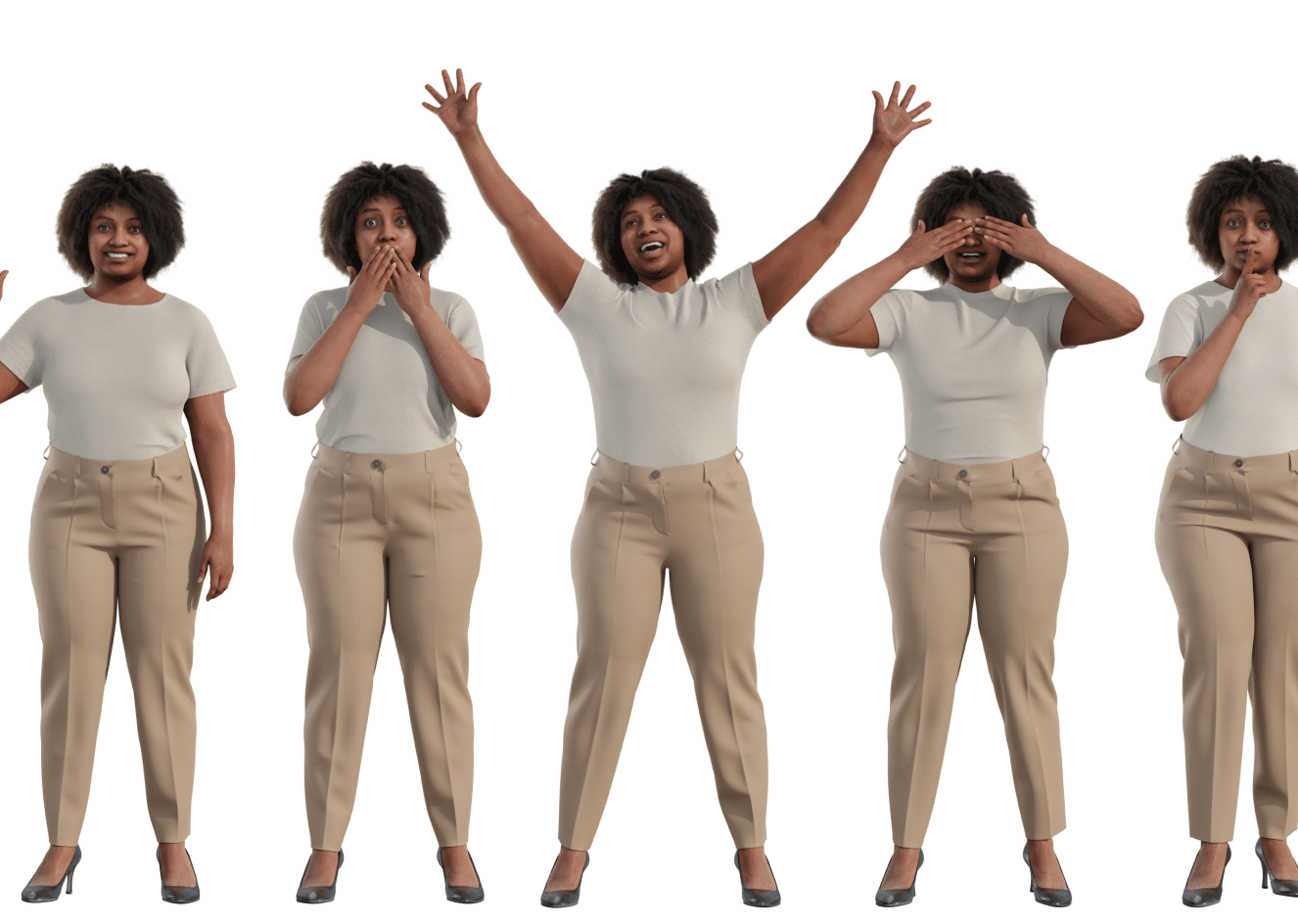Body Segmentation in Machine Learning: Applications and Datasets

In This Article
What Is Body Segmentation?
Body segmentation refers to the process of identifying and isolating individual body parts or segments in an image or video. It is also known as human parsing. This typically includes tasks such as segmenting the human body into different regions, such as the head, torso, arms, and legs.
What Are the Use Cases of Human Body Segmentation?
Human body segmentation has several use cases, including:
- Fitness and exercise: Body segmentation can be used to track body movements and posture during physical activities, such as exercise or sports. This information can be used to provide feedback to users, helping them to improve their form and reduce the risk of injury.
- Rehabilitation: Body segmentation can be used in rehabilitation to track a patient’s movements and progress as they work to recover from injury. This information can be used to adjust therapy plans and monitor progress over time.
- Motion capture: Body segmentation can be used in motion capture systems, which are used to animate digital characters in movies, video games, and other forms of media.
- Biometrics: Body segmentation can be used to extract biometric features, such as body shape and gait, which can be used for identity verification and biometric authentication.
Tasks Related to Body Segmentation
Pose Estimation
Pose estimation is a task in computer vision that involves estimating the position of key body joints, such as the head, shoulders, elbows, knees, and ankles, in an image or video. Body segmentation is often used as a preprocessing step for pose estimation, as it provides information about the location and boundaries of different body parts. Pose estimation has applications in areas such as action recognition, human activity analysis, and computer graphics.
Body Landmarks
Body landmarks are points of interest in an image that correspond to specific parts of the human body, such as the eyes, nose, and mouth. Body landmarks are also useful in computer graphics, as they provide a means of manipulating and animating digital characters.
Gesture Recognition
Gesture recognition is the process of detecting and interpreting hand or body movements as meaningful actions or commands. Body segmentation can be used to extract features related to body posture and limb position, which can then be used as input to machine learning models for gesture recognition. Gesture recognition has applications in areas such as human-computer interaction, gaming, and virtual reality.
Body Segmentation Datasets
PASCAL-Part
PASCAL-Part is based on the older PASCAL VOC 2010 dataset, and provides additional annotations. It offers segmentation masks for each body part of an object, providing a silhouette annotation for categories without a consistent set of parts. It contains several humans per image set in unconstrained poses and occlusions, and careful pixel-wise annotations for six body parts (head, upper/lower-arms, upper-/lower-legs, and torso).
Link: http://roozbehm.info/pascal-parts/pascal-parts.html
MHP (Multiple-Human Parsing)
This large-scale human parsing dataset contains annotations for 14 body parts on over 15,000 images. It includes images of multiple people in various poses and activities, and is designed to challenge existing human parsing algorithms and stimulate research in the field.
Link: https://lv-mhp.github.io/
TikTok Dataset
The TikTok dataset is a large-scale body segmentation dataset that contains annotations for over 2 million video frames. The dataset is publicly available and was meant to advance research in body segmentation and human pose estimation. The dataset contains a variety of poses, actions, and clothing styles, making it a valuable resource for researchers.
Link: https://www.yasamin.page/hdnet_tiktok
CCIHP (Characterized Crowd Instance-level Human Parsing)
CCIHP is a large-scale human parsing dataset that contains annotations for 20 body parts on over 30,000 images. The dataset includes images of people in various crowd scenes, such as outdoor festivals and indoor events, and is designed to challenge existing algorithms for human parsing in crowded scenes.
Link: https://kalisteo.cea.fr/wp-content/uploads/2021/09/README.html




























